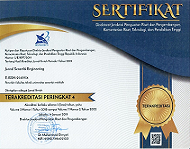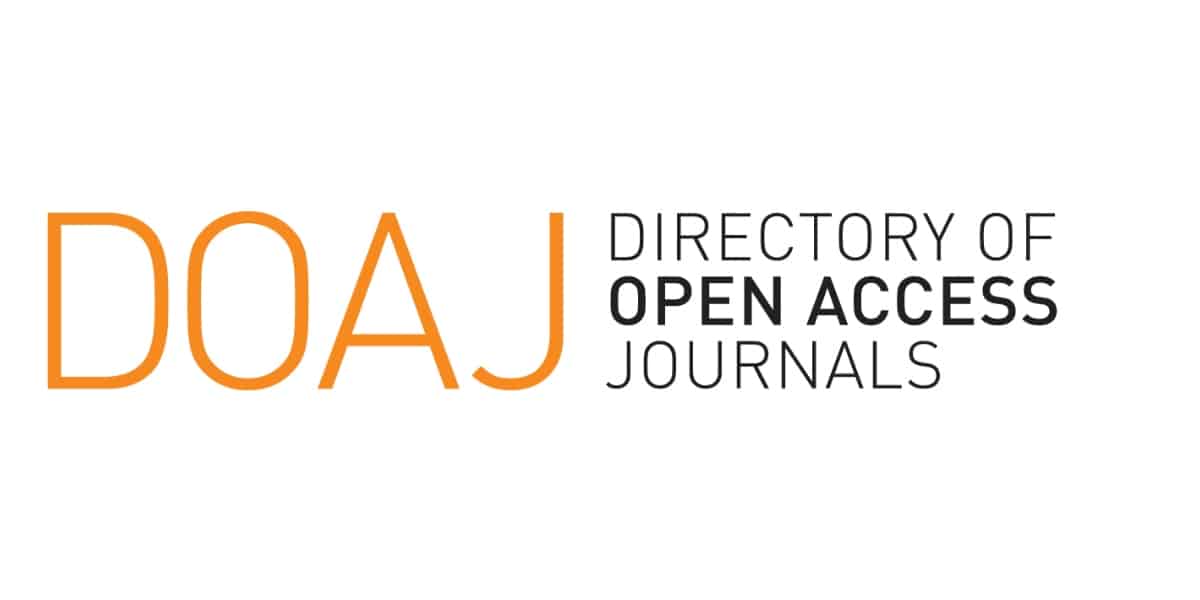Potensi Produksi Biohidrogen dari Limbah Buah Naga (hylocereus polyhizus) dengan Proses Pencernaan Anaerobik
Keywords:
organic waste, anaerobic process, biohydrogen, dragon fruit wasteAbstract
This research aims to explore the potential of dragon fruit waste as a source of biohydrogen through anaerobic fermentation. The research background highlights the urgency of renewable energy and identifies the potential for dragon fruit waste. Using experimental methods and involving dragon fruit waste and cow dung, this research includes evaluation of waste characteristics, inoculum pre-treatment, medium preparation, biohydrogen production, and analysis of results. The research results show that Total Solids (TS) has increased every day, indicating that there is still high decomposition of organic material which affects biohydrogen production. The test results showed that the TS percentage experienced a significant increase in solids content reaching 96% on the seventh day, while the VS percentage increased from 19% on the first day to 80% on the seventh day. The increase in Volatile Fatty Acid (VFA) concentration and hydrogen production on the sixth day illustrates the potential of waste as a renewable energy source. The conclusion of this research states that dragon fruit waste has the potential for biohydrogen production of 4 mL from a substrate volume of 500 mL or around 0.8%.
















